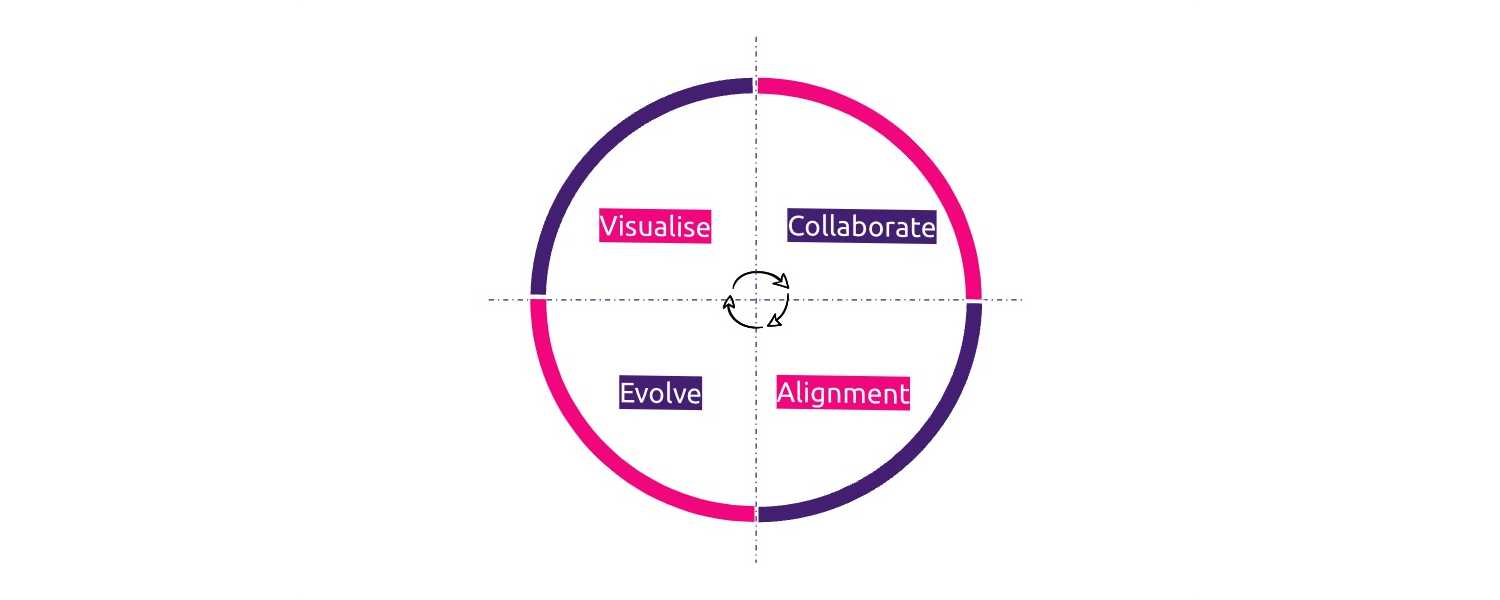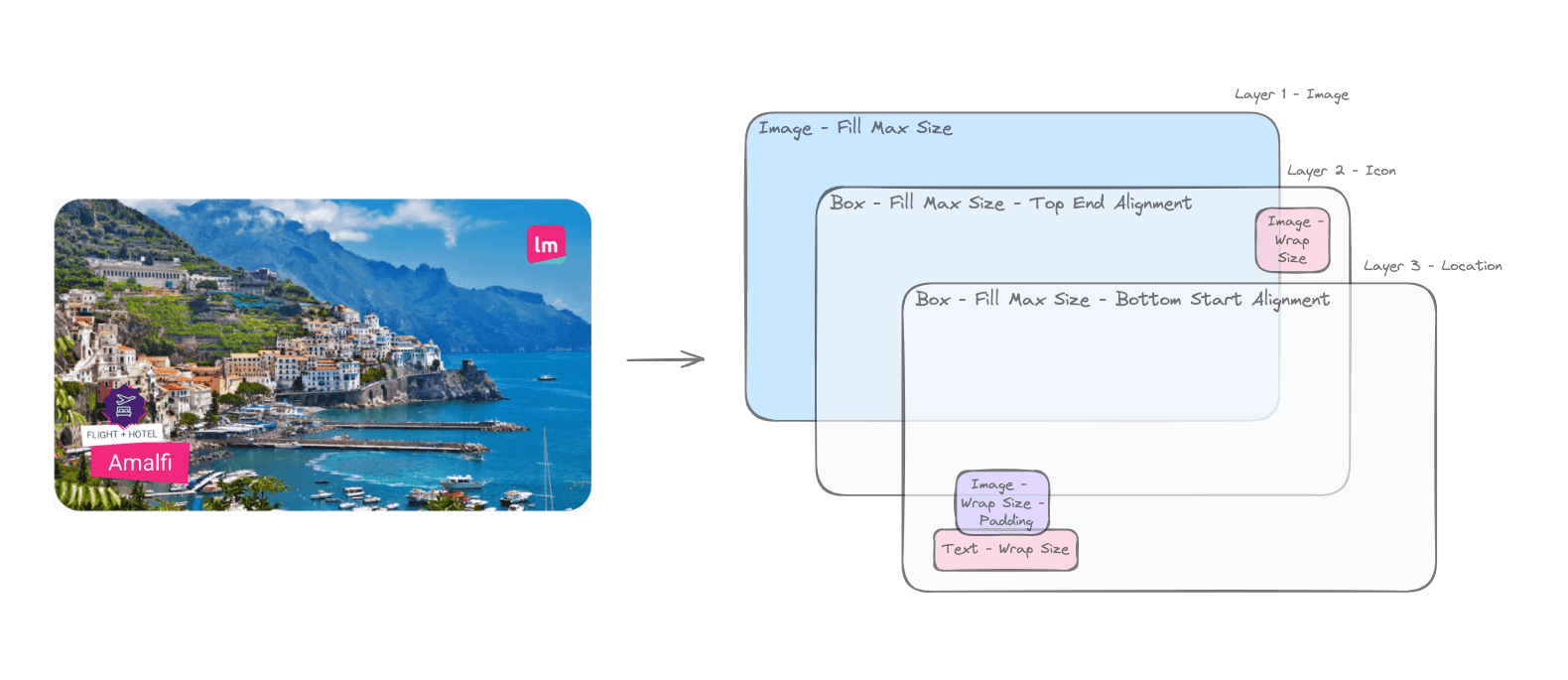Alessandro Gazzoni and Lorenzo Girardi are Engineering Managers within the Technology department. They began their journey at lastminute.com group several years ago, starting as sysadmins and witnessing technological changes that led to the current infrastructure.
Alessandro is responsible for the Automation Site Reliability Engineers and Datastore Engineers team, while Lorenzo is responsible for the Data Center, Middleware Monitoring and Enterprise Services.
DevOps
Team’s autonomy is one of our pillars: we want to decentralise the responsibility of the infrastructure and empower functional teams to self use the platform. There are different benefits on increasing the team’s autonomy:
- Improve time to market
- Increase the innovation
- Infrastructure teams can focus on optimisation and automation
To facilitate the development of the culture supporting this way of working, we recently introduced the DevOps role, which will collaborate with Site Reliability Engineers and Developers to extend the accountability for development teams on underlying services hosted on Cloud environments (shared responsibility model).
Below are some of the activities that will be taken care of by developers, with the support of DevOps:
- Maintain CI/CD pipelines
- Provision and manage specific part of infrastructure through IaC (Terraform)
- Automation implementation (Rundeck self-Service portal capabilities contribution with SREs)
- New Technologies adoption
- Monitoring and optimisations
and much more.
In order to support our vision, the CI/CD has been designed to be very flexible: modular pipelines allow us to manage projects based on different languages like Python, Java, Golang, .Net, etc.
As Kubernetes is our main technology, pipelines are capable of building different types of manifests applicable to kubernetes, like, deployment, cron jobs, configmaps, secrets and so on.
GitlabCI runners are hosted on AWS EKS with Cluster Autoscaler and Horizontal Pod Autoscaling in order to dynamically resize the number of nodes and pods replicas based on the developer requests.
Spinnaker allows engineers to deploy microservices across different Kubernetes clusters (both AWS and on-premise).
In the future the entire CI/CD workflow will be centralised on GitLab including the Kubernetes deployments.
Observability
Logs and metrics are an interesting source of information, but they can easily become ‘noise’, if not well managed.

Governance becomes even more important when enabling Observability which is the case for us, and therefore:
-
We created an internal framework (contracts) to describe the structure of the data in the logs, the max size allowed, and the threshold rate so that, instead of tracking every event, we throw alerts that highlight issues, and enable us to react in the smallest amount of time:
- Only errors are logged
- Applications go in debug mode only when we are troubleshooting and we actually need verbosity
- A standard format has been defined, accordingly with elastic search indexes
- There’s rate limiting, to prevent flooding in case of misconfiguration
-
We identified three macro clusters of metrics, that provide insights on our products at different levels:
- Business (customer/business view of the application) - business and developers are accountable for these metrics, which are the entry point for any investigation
- Framework (application technology characteristic) - developers are accountable for these metrics, which provide deeper insights into what needs to be investigated
- System (standard OS information) - SREs are accountable for these metrics, which cover the deepest level of investigation we can conduct
As a result, our dashboards are now easier to read, smaller, and more useful to the business.
The next steps we have in mind are:
- Introducing an error budget (development teams can ‘spend’ this error budget in any way they like. If the product is currently running flawlessly, with few or no errors, they can launch whatever they want, whenever they want. Conversely, if they have met or exceeded the error budget and are operating at or below the defined SLA, all launches are frozen until they reduce the number of errors to a level that allows the launch to proceed)
- Introducing OpenTracing, to get us even closer to real Observability
- Complementing our current tech stack with Loki, to correlate metrics and logs, helping developers in understanding the reliability of their applications.
Want to discover more?
This is the fourth in a series of articles where we talk about our pink world. If you want to discover more, read:








